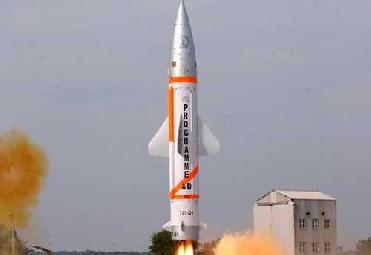
File photo of the test fire of indigenously-built Advanced Air Defence (AAD) in 2007. PIB photo
NEW DELHI (PTI): Aiming to get a shield against missile over its skies, India will conduct another test of its Ballistic Missile Defence (BMD) next month.
"Defence Research and Development Organisation (DRDO) will conduct the test of its interceptor missile and missile tracking radars next month for validating the advancements made in the Air Defence programme," Defence Ministry sources told PTI here today.
Though the interceptor missiles, namely Prithvi Air Defence (PAD) and Advanced Air Defence (AAD), have been tested earlier, the main aim of the next month's test would be to validate the capabilities of the indigenously developed 'Swordfish' Long Range Tracking Radar (LRTR).
Swordfish is a target acquisition and fire control radar for the BMD system.
"The missile to be hit will be fired from a longer distance than it was in the earlier test. DRDO will test whether the radar can track the incoming missile from that distance or not," they said.
In next month's test, the exo-atmospheric interceptor missile PAD will hit its target in space at an altitude over 80 km from earth, sources said.
They said the premier defence research agency will carry out another test around the year end to enhance the capabilities of AAD endo-atmospheric missile, which is used for intercepting missiles at altitudes up to 15 km.
Sources said if the tests prove successful, the DRDO will go ahead with the deployment of the BMD by 2015.
When contacted, DRDO Air Defence programme Director V K Saraswat told PTI that the AD programme was at a "fairly advanced stage" now. "The building blocks of BMD such as the surveillance, tracking and battlefield management systems have been developed," he said.
Saraswat said the DRDO has developed a very robust command and control system for the AD programme, which can "survive and deliver" in any environment.
"Our command, control and communication system can work in a networked form and survive and deliver even in a high electronic warfare (EW) environment," he said.
He said India was always open for cooperation developing technologies for the programme with friendly foreign countries, but said the country would "not buy" any ready-made BMD systems from any country.
"We have done some thinking on cooperation with countries such as Russia, United States and Israel in this programme and we have taken their help also in developing some of the technologies such as the 'Swordfish' radar for the BMD with Israel but we will not buy anything ready-made from outside," Saraswat said.
DRDO's BMD programme has a two-tiered system consisting of two interceptor missiles, PAD for high altitude interception and AAD for lower altitude interception.
PAD was tested in November 2006, followed by AAD in December 2007. With the test of the PAD missile, India became the fourth country to have successfully developed an Anti-Ballistic missile system, after United States, Russia and Israel.
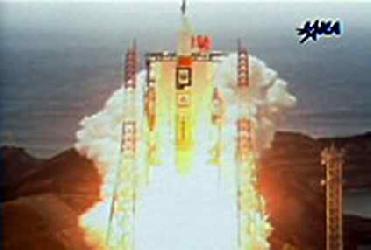 Previous Article
Previous Article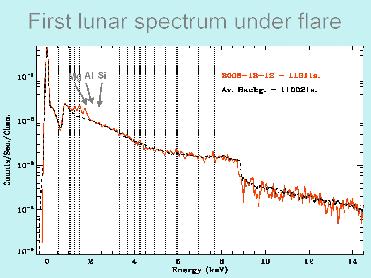 Next Article
Next Article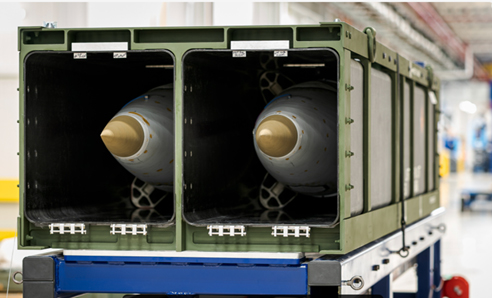
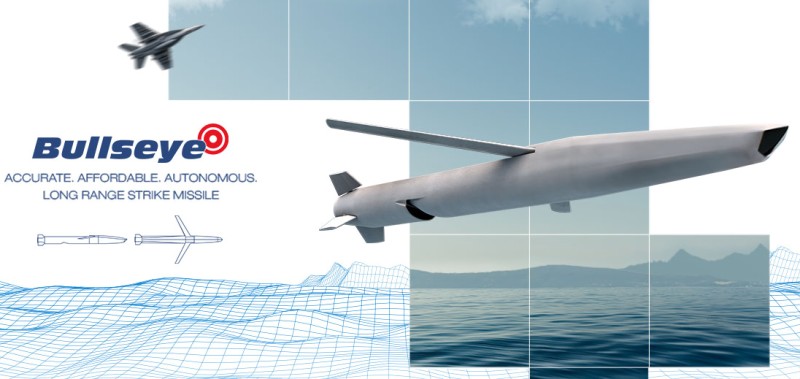











The Indian Air Force, in its flight trials evaluation report submitted before the Defence Ministry l..
view articleAn insight into the Medium Multi-Role Combat Aircraft competition...
view articleSky enthusiasts can now spot the International Space Station (ISS) commanded by Indian-American astr..
view article